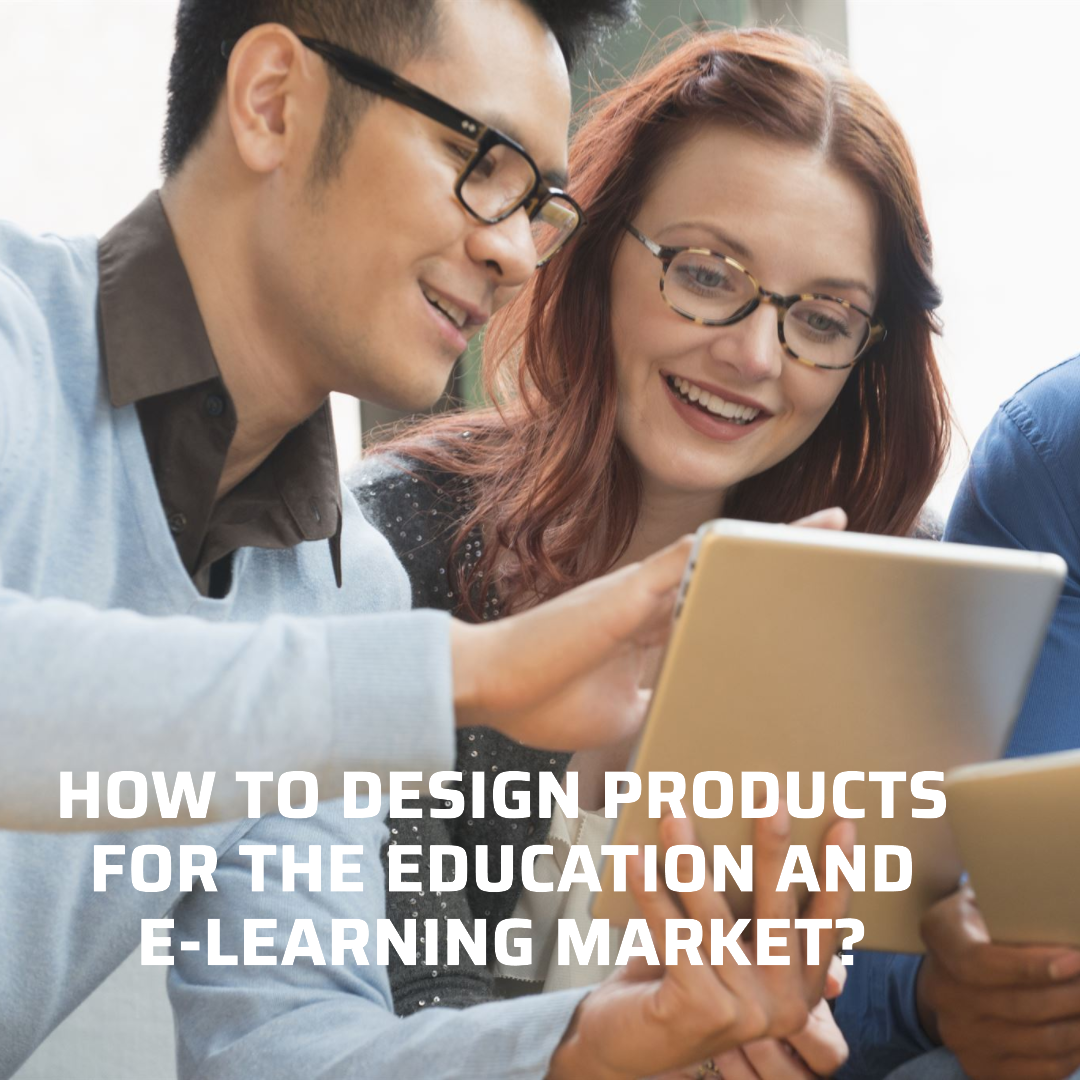How to design products for the education and e-learning market?
The education and e-learning market is constantly evolving, driven by technological advancements and changing learner needs. Product designers play a critical role in shaping the future of learning by creating innovative and engaging products that meet the needs of students, teachers, and other stakeholders.
To design effective products for the education and e-learning market, it is essential to understand the unique needs and challenges of this sector. Here are some key principles to keep in mind:
1. Focus on the learner experience
The learner should be at the center of all product design decisions. What are their needs and goals? What motivates them to learn? How can you make the learning experience more engaging and effective?
2. Design for accessibility
Education and e-learning products should be accessible to all learners, regardless of their abilities or backgrounds. This means considering factors such as usability, readability, and language support.
3. Support different learning styles
Learners have different learning styles and preferences. Some learners prefer to learn visually, while others prefer to learn aurally or kinesthetically. It is important to design products that support different learning styles and allow learners to choose the approach that works best for them.
4. Promote collaboration and interaction
Learning is more effective when it is social and collaborative. Products should provide opportunities for learners to interact with each other and with their teachers.
5. Facilitate assessment and feedback
Assessment and feedback are essential for learning. Products should provide learners with opportunities to assess their own progress and receive feedback from their teachers and peers.
6. Use technology to enhance learning
Technology can be used to create engaging and effective learning experiences. Products should leverage technology to provide learners with access to interactive content, simulations, and other resources.
7. Make the product affordable
Education and e-learning products should be affordable for all users. This is especially important for students in developing countries or from low-income families.
8. Design for sustainability
Education and e-learning products should be designed to last. This means using high-quality materials and making sure that the product can be easily updated and maintained.
In addition to the key principles listed above, there are a few other things to keep in mind when designing products for the education and e-learning market:
- Partner with educators. Educators can provide invaluable insights into the needs of learners and the challenges they face in the classroom. Partner with educators to get their feedback on your product ideas and prototypes.
- Use data to inform your design decisions. Collect data on how learners are using your product and what their feedback is. This data can be used to identify areas for improvement and make informed design decisions.
- Keep up with the latest trends. The education and e-learning market is constantly evolving. It is important to stay up-to-date on the latest trends and technologies in order to design products that are relevant and engaging for learners.
Here are a few examples of well-designed products for the education and e-learning market:
- Learning management systems (LMS): LMSs provide a central platform for teachers to deliver and manage courses, and for students to access learning materials and complete assignments.
- Adaptive learning technologies: Adaptive learning technologies tailor the learning experience to the individual needs of each learner.
- Educational games: Educational games are a fun and engaging way for learners to practice their skills and learn new concepts.
- Online simulation platforms: Online simulation platforms allow learners to experience real-world scenarios in a safe and controlled environment.
- Collaborative learning tools: Collaborative learning tools allow learners to work together on projects and assignments, even if they are located in different parts of the world.








